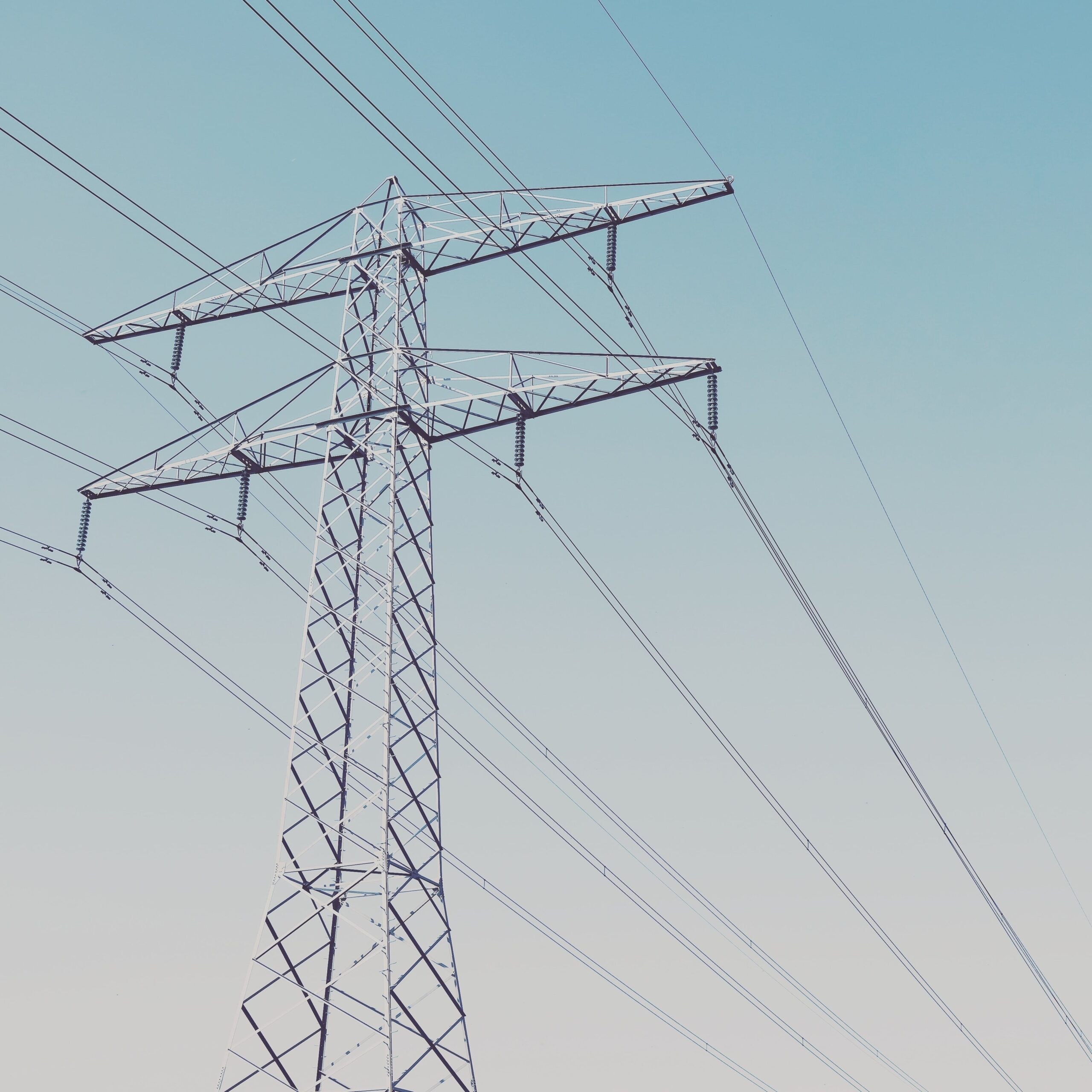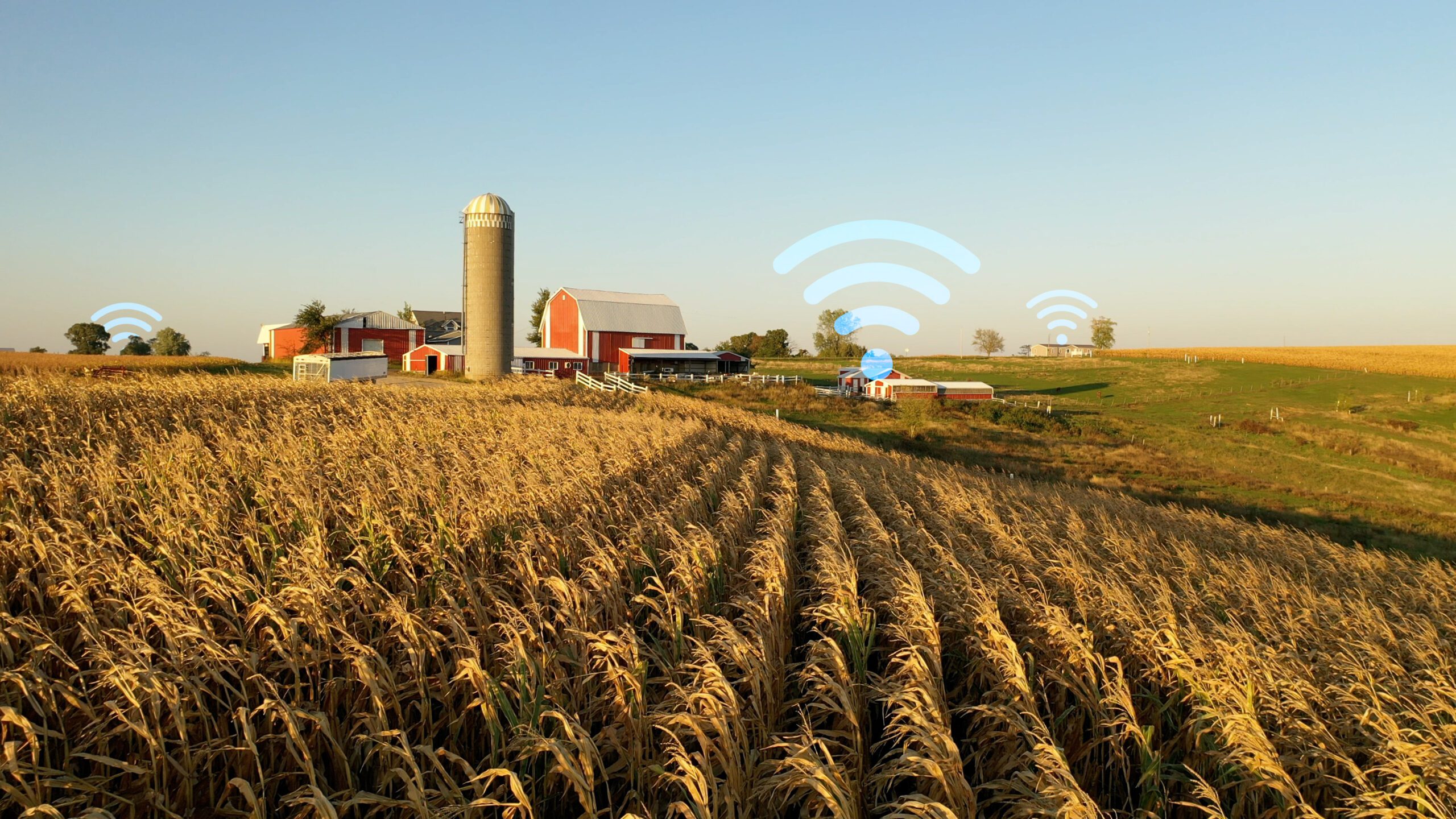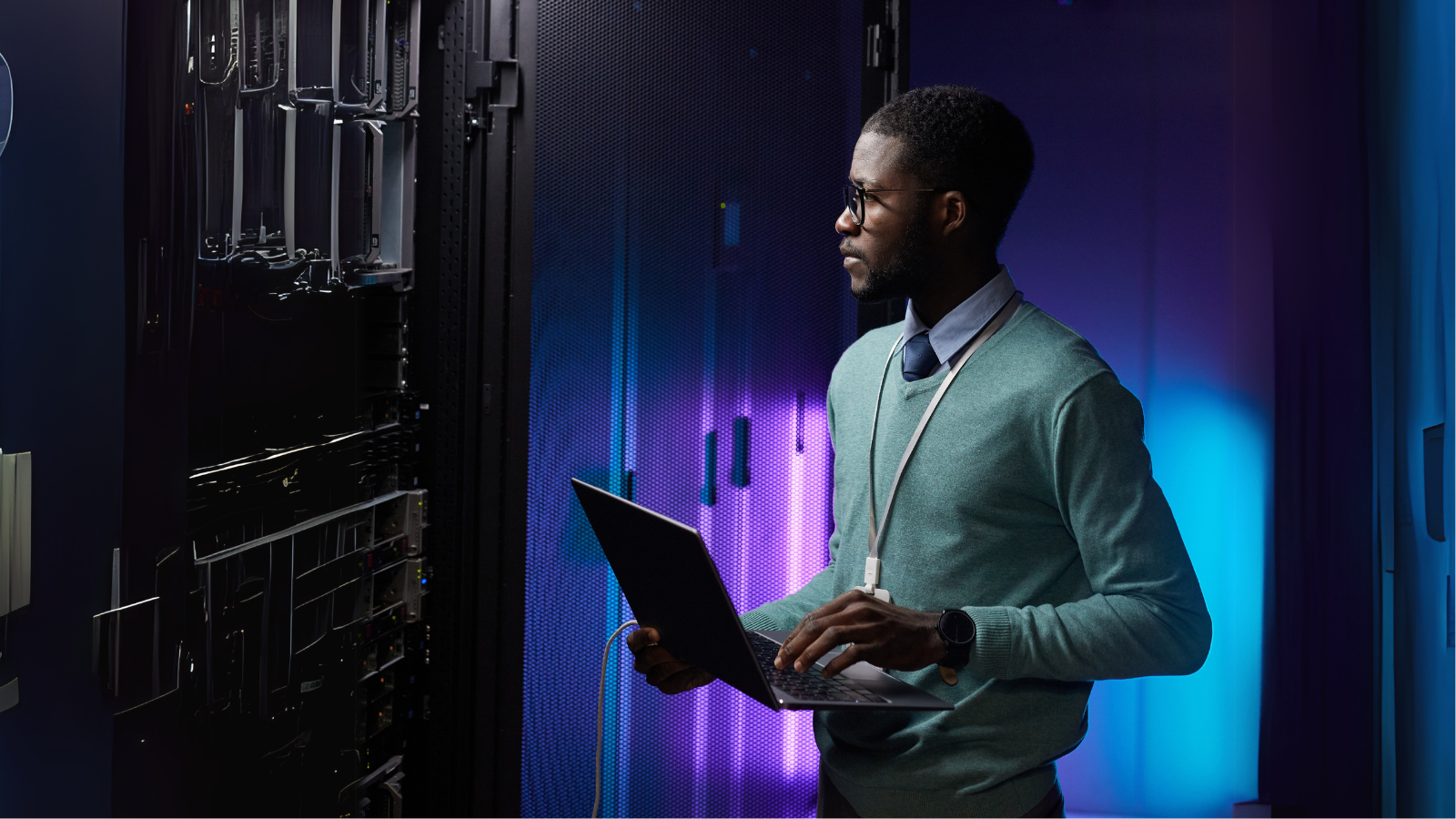 FEATURED
FEATUREDPETER WELCHER | Solutions Architect
Several recent blogs explore Wi-Fi 7 and cellular Private 5G. Both wireless technologies act as a means of inter-connecting devices over a wireless medium, generally used to connect end system devices to central or cloud servers and services.
This blog completes the series with a summary focus, comparing the pros and cons of these wireless technologies: Wi-Fi 7 and Private 5G. The focus is on business networks you might build and manage (or have managed for you). I suspect home use of Private 5G would be very small or non-existent!
This blog is about the wireless technology in devices that connects them to the rest of the network for data transport. However, this blog will not discuss using Cellular 5G solely as a WAN technology, transporting data between usual network devices through cellular modems and carrier connections.
Thanks to Martijn van Overbeek for the review, discussion, and good links! Any errors that remain are mine!
Recent Wireless Blogs and Background
Common Expectations
Wi-Fi 7 extends familiar Wi-Fi technology, with various enhancements and potentially higher speeds. Most enterprise networking organizations and home users are at least somewhat familiar with Wi-Fi technology, and enterprises know how to design for it.
Wi-Fi is already in use in most homes, offices, and stores. While it can be used outdoors, generally within a limited area, it is primarily used indoors. The limited coverage distances mean that covering larger outdoor spaces would require many access points (AP’s) along with the backhaul LAN connections to the RON (Rest Of Network).
In short: Wi-Fi is in my, and I suspect most readers’, comfort zone, so Wi-Fi 7 is likely a natural preference.
5G natively supports lower latency, with Wi-Fi 7 potentially coming close. This depends on a number of factors (distance to antenna, spectrum management such as using Wi-Fi 6 GHz only for low latency apps, etc.).
5G is already what we may be using in cell phones, depending on carrier and location. Private 5G is what one would use to provide direct data connectivity to sensors, devices, and machines via built-in or external 5G cellular capability.
The private 5G network might be operated as a closed private network provided by a carrier, or via cell towers and other cell antennas, and head-end(s), that are privately operated (either by staff or outsourced management).
To me, the most common use case for private 5G seems to be for longer distances, larger geographic coverage regions, and many isolated devices. The point to the “many isolated” being that it is likely not cost-effective to stand up any other sort of LAN/WAN connectivity for large numbers of stand-alone devices such as sensors – networking them directly may make more sense. “Many isolated” includes sensors and other IOT devices.
Note that the longer distances aspect certainly suggests “outdoors” as perhaps the most common situation for private 5G, although large warehouses also come to mind. (Have you ever seen an Amazon gigantic warehouse farm?)
Private 5G using CBRS attenuates less than the higher frequencies.
Indoors, both Wi-Fi 7 and 5G allow comparable output power. Outdoor CBRS is permitted 47 dBm, Wi-Fi 6 6 Ghz range permits 36 dBm. Note however that these numbers may not tell you much: high output power increases Signal to Noise, drains batteries, and causes channel interference with nearby transmitters. Short version: it’s complicated, don’t assume bigger is better!
One other aspect you might not think of: the longer coverage distances for 5G better support higher-speed longer-distance mobility (cars, trains, etc. and their passengers).
Other Factors
In theory, Wi-Fi 7 provides speeds up to 46 Gbps, 5G up to 10 Gbps IN AGGREGATE. For a single device, throughput is likely to be a lot less: the above numbers are raw throughput for one single connection with no competition.
For Private 5G, throughput depends on the frequency band. CBRS is allocated in 10 MHz chunks. Throughput is hard to predict but would be far lower than 10 Gbps. One 10 MHz channel provides a theoretical speed of 400 Mbps.
Speculation: if costs fall sufficiently, future devices may support both forms of wireless, as cell phones currently do. The device will then use the faster medium available at a given time. Having data connections that continue seamlessly over “the best medium at any given moment” may take a bit longer, however – protocol stack rework might be needed! (Versus apps that send data seamlessly as a set of isolated connections and transactions.)
Martijn pointed out a nice subtlety to be aware of: broadcast and multicast traffic is sent at the lowest “MCS value” you set on your AP’s. Which can slow things down.
“Many frames may or must use the MBR (Minimum Basic Rate), including beacons, probe requests, probe responses, and broadcast/multicast traffic (which is more common with mDNS/Bonjour and IPv6). If you haven’t checked out Andrew Von Nagy’s SSID Overhead Calculator spreadsheet or iPhone app, just do it (right now). “
For more info:
Some Wi-Fi 7 versus 5G References and Summaries
I did some research to see what others have written about this topic, in particular to see if I was missing anything critical.
Here are some of the reference links followed by summary notes for each.
WiFi 7 vs 5G: Which one’s better?
At home, you’ll want a stable and simple network, but 5G requires many more radio access points and suffers from poor connectivity indoors. 5G will also cost more, so the better choice would be to build a unique Wi-Fi network.
By hooking up a Wi-Fi 7 router or a whole home Wi-Fi 7 system, you can experience less lag and more bandwidth for super-smooth video and gameplay.
For the business sector, the economics behind both technologies is worth considering. Even after years of development, 5G is still at an early stage, meaning expensive to deploy. In fact, the signal of 5G in office buildings or parks will suffer from walls and other interference, so Wi-Fi will continue to provide superior performance indoors.
Although indoor networks are still dominated by Wi-Fi, 5G reigns king for large-scale outdoor coverage. The construction of smart cities and the realization of automation and artificial intelligence will still require 5G support. Wi-Fi 7, on the other hand, is all about taking the capacity and efficiency of wireless networks to the next level.
5G Versus Wi-Fi 7: Choosing The Right Wireless Technology
This article notes that 5G can require significant investment, e.g. modular distributed antenna systems for indoors, which can be added incrementally. “This makes 5G a good fit for more sophisticated large-scale use cases such as Internet of Things (IoT) applications and emerging technologies like autonomous vehicles and smart cities, utilities, sports stadiums, mixed-use facilities and more.”
I don’t agree that 5G necessarily has the edge over Wi-Fi 7 for some of those latter use cases, e.g. stadiums. Totally agree 5G may be the best fit for outdoor / mobile uses. It depends on what you’re trying to accomplish.
Wi-Fi 7: The Biggest Threat to 5G?
Good reference. Small table comparing the two technologies. Notes that Wi-Fi 7 may partially replace some private cellular networks for cost reasons (it says 5G but I’d think Wi-Fi 7 as an upgrade to LTE-based data networks might make better sense).
5G Vs. Wi-Fi as a Private Wireless Network Solution
Short summary that recommends 5G for outdoors, Wi-Fi 7 for indoors.
The Synergistic Future of 5G and Wi-Fi 7 in Fixed Wireless Access Devices
Discusses the benefits of user devices (“CPE devices”) being capable of both 5G and Wi-Fi 7. “Synergy”.
Vantiva apparently sells gateway solutions, with some focus on audio and TV, e.g. for hotels, institutions, bars, and restaurants.
Conclusion
As is often the case, you need to start by understanding your requirements. The above discussion looks at where each of the technologies is stronger. But for some use cases, the answer might be “do both.”








































